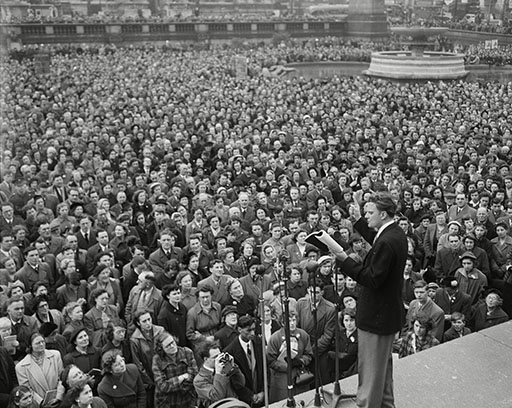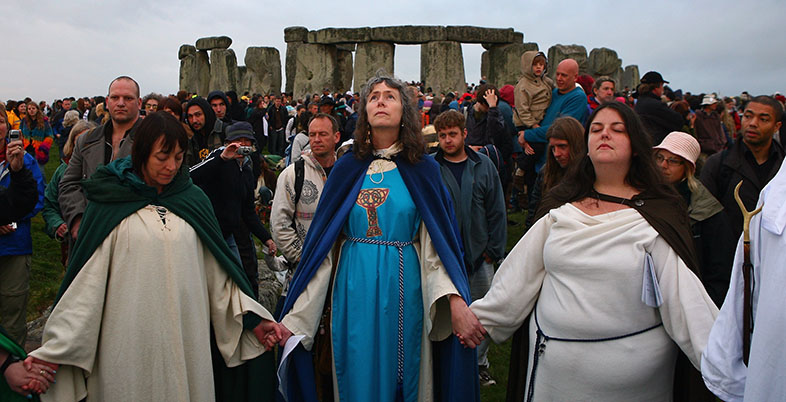2.1 The rapid decline of traditional Christianity
For historians such as Callum Brown, the 1950s saw ‘a period of booming religious culture’ in many parts of the West (Brown, 2012, p. 52). In this argument, the years after the Second World War saw a revival of traditional Christianity, partly as a kind of cultural defence against the ‘Godless’ communism of the Soviet bloc.

Revivalist preachers, such as the American Billy Graham, and the Irish-American Father Patrick Peyton, were able to fill arenas in many parts of the world in the 1950s. They visited Britain in the 1950s, bringing their blend of a traditional Protestantism and Catholicism, mass marketing and spectacle. There was widespread confidence that Christian civilisation could recover in the wake of the Second World War. In countries such as the United States, Canada and Australia, church attendance was rising until the late 1950s. In Britain, there was some decline in this period, although regular Catholic attendance remained high, with 78% of Catholics attending church at least once per month (Field, 2017, p. 56).
For Brown, the Sixties brought the beginnings of rapid change in Western Europe, North America and Australasia in three interconnected ways. First, a sudden decline in Christian adherence (though this was less evident in the United States); second, a ‘demographic revolution…in which family structure was revolutionised by plunging fertility and marriage rates’; third, a sudden shift in female identities, with ‘the search for autonomy in sexual expression, education and economic life’ (2012, p. 1). In the case of Britain, he argues ‘the period between 1956 and 1973 witnessed unprecedented rapidity in the fall of Christian religiosity amongst the British people’ (2001, p. 188). Critical to this decline was a fall in female piety (which had also undergirded the churchgoing habits of men and children), which came with a rupture of ‘traditional’ Christian ideas of femininity in relation to sex, marriage, family and work. Brown argues: ‘The discursive change was swift and dramatic. The fifties’ construction of the “respectable” woman of homely virtues, the last widespread vestige of nineteenth-century female piety, was for the bulk of young people abruptly dissolved’ (2001. p. 177-8).
